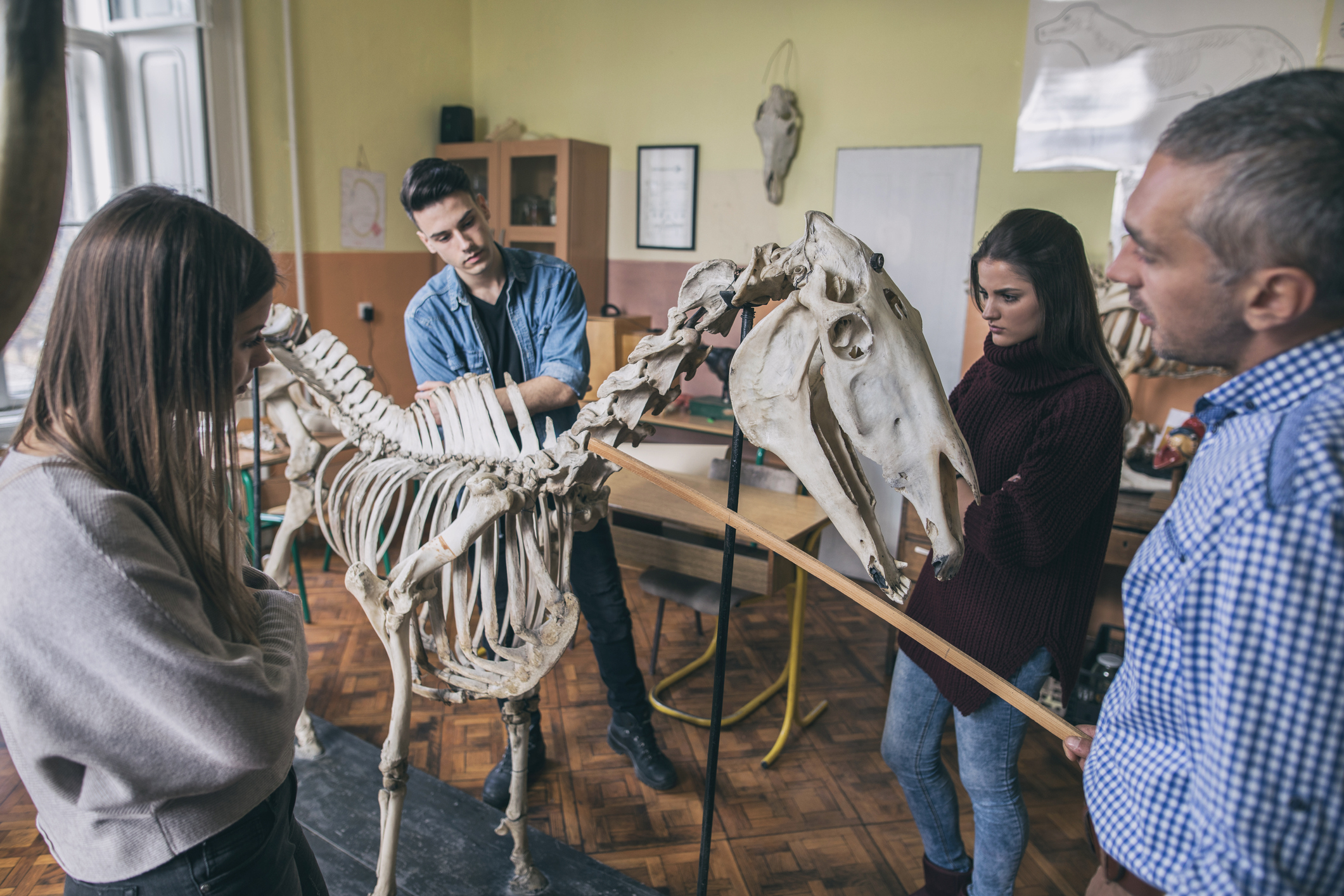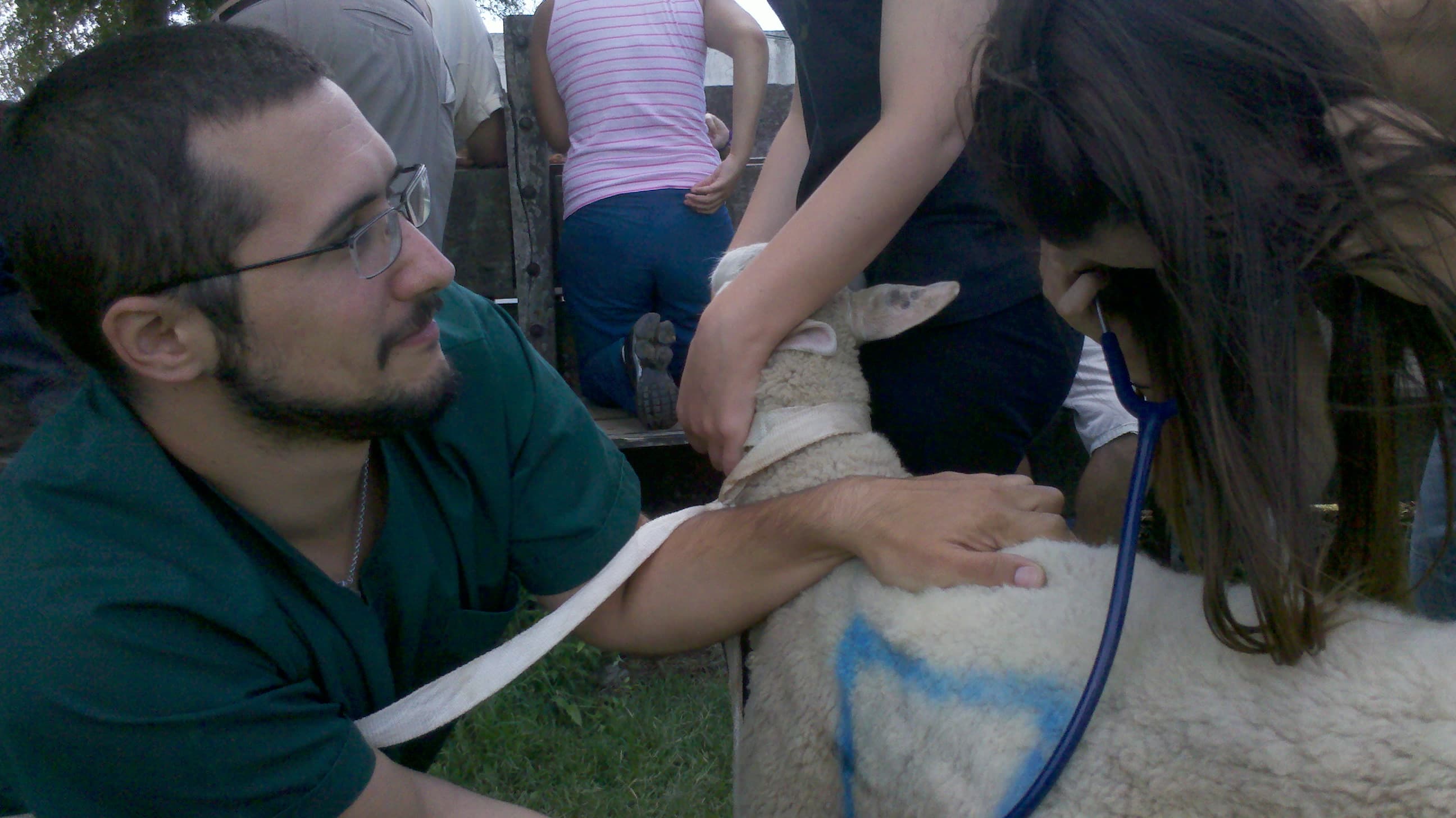


The provision of high quality veterinary education is key to equipping potential veterinarians with the necessary knowledge to perform efficiently and to support Veterinary Services effectively. In numerous countries, however, notably in many developing and in-transition countries, the quality of veterinary education is failing to meet the requirements for delivering highly competent Veterinary Services. This has therefore highlighted the need for veterinary education to be strengthened, with particular emphasis on establishing minimum competencies and harmonising key curriculum elements to facilitate international mobility of veterinarians.
A metal mesh globe showing predominately North and South America. Earth map courtesy of NASA's Visible Earth Project. 3D render with HDRI lighting and raytraced textures.
You can find all the Veterinary establishments from the Americas region listed in the following page.
The advanced competencies of the OIE are the minimum knowledge, skills, attitudes and aptitudes required for a veterinarian to work within the veterinary authority. Find out how Veterinary Education Establishments in the Americas Region incorporate them into their curricula (currently under development).


